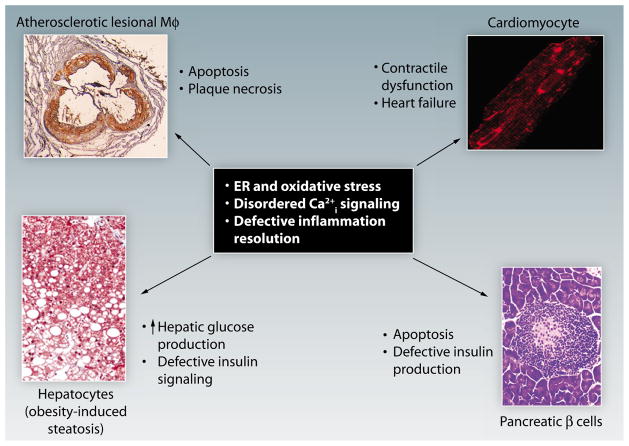Fig. 1. Common upstream pathogenic targets in cardiometabolic disease.
Cardiometabolic disease represents the integrative pathophysiology of insulin-resistant syndromes and CVD. Understanding the mechanisms of integration is critical because of the acceleration of heart disease in subjects with insulin resistance and because all new diabetes drugs have to go through cardiac safety trials. Shown here are examples of four separate components of the cellular pathobiology of cardiometabolic disease: macrophage apoptosis in advanced atherosclerosis [panel adapted with permission from (2)], cardiomyocyte dysfunction in heart failure [panel adapted with permission from (3)], altered hepatocyte function associated with excessive HGP and defective insulin signaling [panel adapted with permission from (4)], and pancreatic β cell apoptosis in diabetes [panel adapted with permission from (5)]. Despite the different cell types and different pathobiological end points, all four processes involve the common pathogenic processes of ER and oxidative stress, disordered intracellular calcium (Ca2+i) signaling, and defective inflammation resolution. Thus, therapeutic targeting of these processes in metabolic disease will increase the probability that the drugs will not have adverse cardiac effects and, in the best case scenario, will have the added benefit of being proactively cardioprotective.

